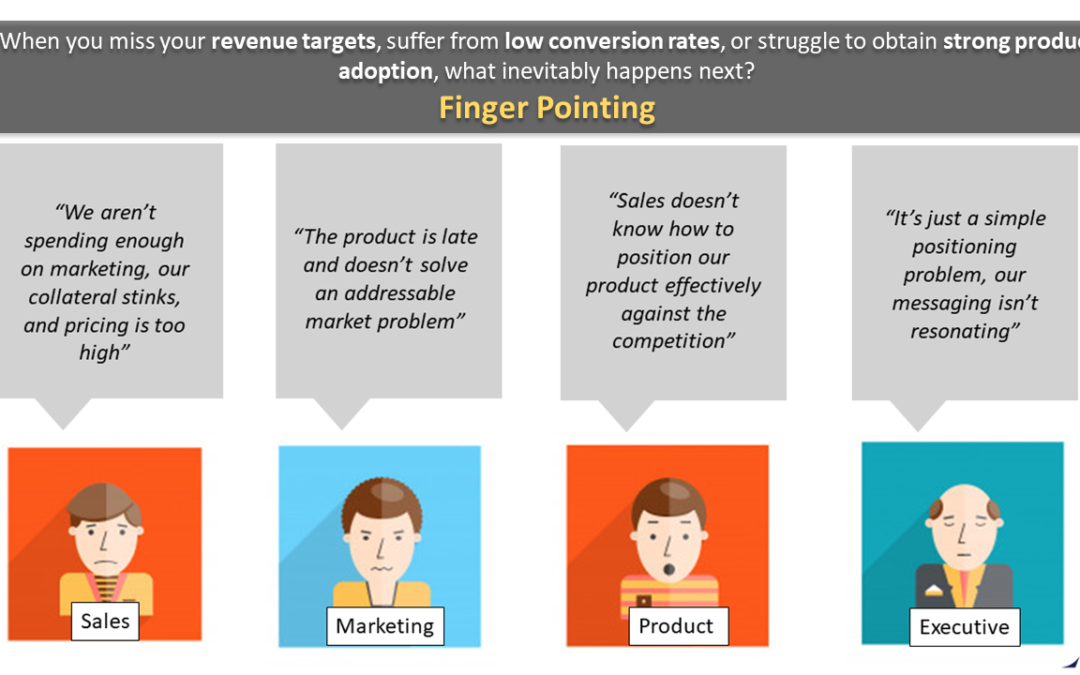OK – maybe this is extreme (or maybe not), but one thing is clear; when you are missing revenue targets, when your conversion rates are low, or your product adoption is weak, then your Go To Market strategy is failing. The finger pointing means you are not sure what part of your GTM strategy needs work.Unfortunately, we see technology firms scratch their head and instead of rolling up their sleeves to figure out which part of their GTM strategy they need to address they often just start from scratch and build an entirely new (and untested) strategy hoping to catch some luck this time around. These become costly endeavors that at best, delay your revenue growth, and at worst, don’t resolve the actual problem.
Egress suggests you don’t throw the baby out with the bath water, but instead focus on two things:
- Identify which part of your GTM strategy needs work
- Gain alignment across your organization on how to fix your GTM strategy
GTM Gap Analysis
There are hundreds of GTM strategy frameworks out there but most center around the following components:

Within each component, you now must assess which parts aren’t working. Here is the cool part… as your team works together to figure out what’s not working you begin to solve the ‘alignment’ goal as well.
For example, a recent Egress client’s GTM strategy was failing. Several key releases of their software had come out over the last twelve months designed to address the needs of their customers, but product adoption was low, quotas weren’t being met, and the client’s financial model was beginning to break. The senior leadership team decided their GTM approach must be wrong, but in reality, they didn’t know why they were failing. Enter Egress .
Egress started by surveying key stakeholders from Sales, Marketing, Product Management, Finance, Sales Ops, and Training to gather their experiences tied to the launch of the product releases over the last 12 months. We then interviewed those key stakeholders to narrow in on key themes.
Could the company have done this themselves? Yes.
Would it have been as effective? No.
There was too much bias and passion (which is a good thing) involved for them to extract the real problem.
From the assessment, the client learned the biggest issue was tied to the launch effort itself. Proper discipline was lacking around collateral creation and training on how the product releases aligned to their corporate positioning and differentiation. This meant sales, support, partners, and ultimately customers weren’t getting the messaging on the value of their offerings. The result was low adoption and a complete miss with relationship to their GTM strategy. The assessment also showed that their positioning, compelling reason to buy, and pricing were strengths and they should not abandon them.
Pinpointing exactly where your organization is having a problem can be challenging. If you have strong offerings and a skilled sales force, then your challenges are likely tied to gaps in your overall Go To Market (GTM) strategy and the resulting activities that fail to effectively communicate and reach your target buyers with the value of your solution.
Which gap do you have in your GTM strategy?

Sometimes the old saying, “You have to slow down to go fast” proves to be right. Had our client written off their GTM strategy and started over they would have delayed their growth. Instead they paused, looked for an unbiased third-party to perform an assessment, and then focused their effort on resolving what was broken rather than building an entirely new strategy.
This is just one way Egress helps our clients. To learn more, contact us today.

Other Related Content


